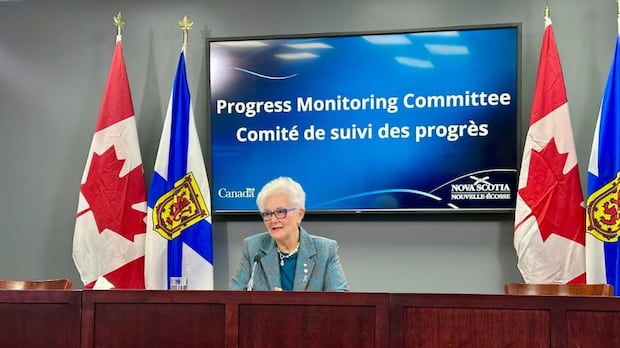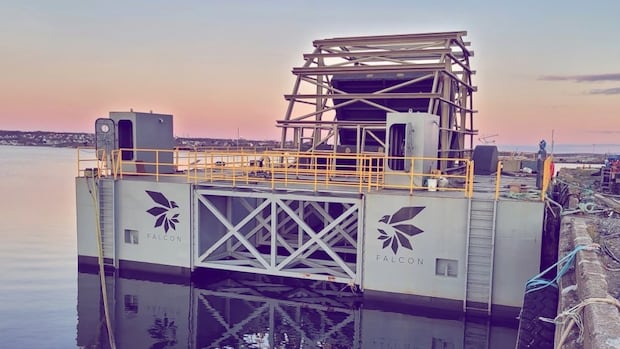Halifax bike network expected to be almost complete in 2028, tens of millions over budget
Halifax is on track to complete its bicycle network in the next three years, a significant milestone that advocates and city councillors are eagerly anticipating. The AAA (all ages and abilities) bicycle network in the regional centre is expected to be fully operational by 2028, with only one section remaining to be completed.
Initially scheduled for completion in 2022, the network has seen about 60 percent of its 53-kilometer stretch already implemented through temporary or permanent measures such as protected lanes, multi-use paths, and painted signals on quiet side streets. Despite facing challenges like acquiring land and relocating bus stops, parking spots, and utilities, Halifax’s director of design and construction, Anne Sherwood, remains optimistic about meeting the revised deadline.
The section leading to Africville Road is the only segment left unfinished beyond 2028 due to competing projects in the area, including the Windsor Street Exchange redesign. The project’s cost, initially estimated at $25 million, has now ballooned to approximately $93 million. While the provincial and federal governments have contributed $20.8 million, the Halifax Regional Municipality (HRM) is left to cover the remaining $66 million over the next few years.
Rising costs attributed to inflation and labor market issues have prompted HRM to seek additional federal funding and explore other financial options. Robyn Homans from HRM’s project management team highlighted a 25 percent increase in prices from 2023 to 2024 across the public works department.
However, not all councillors share the same enthusiasm for the project. Coun. Trish Purdy expressed disappointment, stating that the bike network does not align with the majority of Halifax residents’ needs. She suggested allocating the funds to sidewalks or transit instead, noting the city’s competing priorities.
Despite the dissenting voices, Coun. Shawn Cleary emphasized the project’s significance within HRM’s budget context, considering the substantial annual investment in street repaving. Statistics Canada data revealed that 12.3 percent of Halifax residents walked or biked to work in 2024, surpassing the national average of six percent.
Anika Riopel, senior sustainable transportation coordinator at the Ecology Action Centre, emphasized the safety benefits of a complete bicycle network, asserting that more individuals will opt for biking once it’s fully operational. Riopel underscored the network’s potential to alleviate congestion, which has worsened post-COVID-19 due to population growth.
Highlighting the urgency for cyclist safety, the Halifax Cycling Coalition emphasized the importance of completing the network to prevent bike collisions. With 87 incidents reported last year and three by February 1, 2025, Riopel stressed the life-saving aspect of robust cycling infrastructure.
Commencing construction in 2017 as part of Halifax’s Integrated Mobility Plan, the city aims to achieve 30 percent of trips made by walking, biking, or taking transit by 2031. As the final pieces of the bicycle network fall into place, Halifax inches closer to a more sustainable and interconnected transportation system for its residents.




